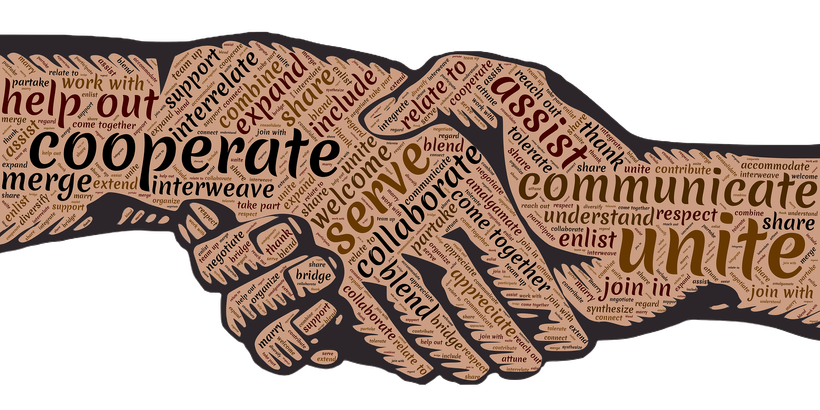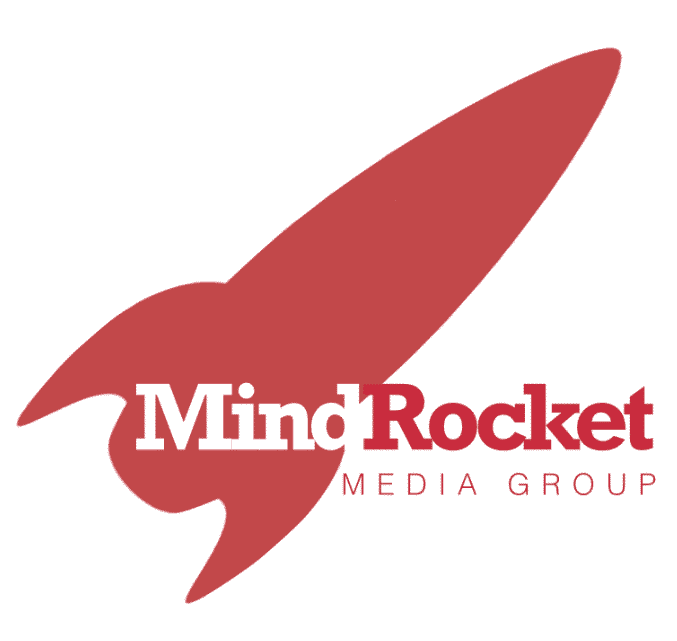I sat down with Dr. Jeanice Kerr Swift at this year’s AASA conference in New Orleans to learn about the unique advantage of running a public school district that resides alongside one of our nation’s most prominent universities. The University of Michigan provides the district of Ann Arbor with rich partnerships that lift the learning experiences of the children in the community. Kerr Swift is delighted to have the enthusiasm of not only the University but the business community in reaching out to the students of Ann Arbor.
The implementation of real world projects matches University of Michigan scientists with teachers and students to enrich school learning environments. One example is the Woven Wind program that provides real life wind turbine applications. Students learn, and teachers have their classes bolstered by the input of advanced experimentation. Project Lead the Way is another example that is providing modules for classroom learning.
According to Jeanice Kerr Swift, technology should support and strengthen learning, not stand in the place of person-to-person engagement. Devices are there to serve and enhance, not replace teacher-student collaboration and critical thinking. Kerr Swift believes there is a balance of the “Cs” to consider: collaboration, connection, and community. If all the “Cs” are listening and working together, then a school district can thrive.
Jeanice Kerr Swift certainly makes the balance look easy and enviable in Ann Arbor Michigan.
Interview
Dr. Berger: Jeanice, it’s nice to spend some time with you. I think it’s interesting being up in Ann Arbor as you have the unique perspective of being in a public school system next to a prominent university.
How does that impact the opportunities that your students and teachers have being right next door to the University of Michigan?
Jeanice Kerr Swift: Rod, we’re very fortunate to share a beautiful community with the University of Michigan, and we have great partnerships with the university not only to have student teachers coming out of the school of education but we also have partnerships with English second-language learners and a beautiful summer program. We have partnerships like an instrumental program with the University of Michigan.
We have a number of great fruitful and rich partnerships that are right in the community; and it lifts up all of us ─ and always with the focus on the children.
So I’m very grateful for that.
DB: Given the built-in relationship that you have ─ if we expand that a little bit ─ I’m finding that a lot of superintendents are looking at and challenged with resource issues and budget shortfalls. I’m also encouraged to see that there is a lessening of the fear of incorporating the private sector in offsetting some of those funding challenges and issues.
JKS: Right
DB: How do you look at it when we think about corporate America interfacing with public schools from a funding perspective to help support us?
JKS: We’re very grateful for all of our business partnerships, and we are rich with partnerships in the Ann Arbor Public Schools.
We work with Toyota Corporation whose research and development center is in a little township next to us. We work with a wide variety of great business partners.
I think of not only the resources that they contribute but the relationship that we develop in keeping our focus on children and the children in our community and preparing for the next generation.
With Toyota, they are thinking about what kind of employees they want, and they’re helping us to develop so that we’re working in the direction of supporting all children and lifting children in our community.
DB: Speaking of children and the changing of the guard with students in the way in which there are learners ─ and very different than when you and I were growing up. We’re shifting from the consumer model to a creator piece from the student side of it, and I’m finding that what’s interesting is: How do we support teachers so that they are feeling up-to-date on how to interact with students who are now creators utilizing technology that allows them to take ownership of their learning?
How do you look at that?
JKS: We look at that in a variety of ways. We want our teachers to feel supported in taking those next steps to make changes and shifts in educational practice. We look at programs because, often, those programs will help teachers to move and help students to move.
With the implementation of Project Lead the Way in kinder through twelfth grade in the Ann Arbor Public Schools, that’s just a great way to get some of the teaching and learning modules in the classrooms; and teachers are able to learn right in their job-embedded setting and to say to themselves, “I love this. I want more of this. How do I apply this practice to other parts of my day?”
Another way that we look at it is through those individual partnerships.
We have a number of scientists at the University of Michigan who will come over and really do “ real world” with our kids.
There’s a great area called “Woven Wind” and they’ve helped us with wind turbines. They’re coming in and supporting that teacher and giving real-world applications
DB: You know, you’re going to make it. A lot of people are going to want to move to Ann Arbor now.
JKS: It’s a great place to be. And we really do benefit from those connections.
DB: Let’s talk about those connections and then communicating those connections out when it comes to students taking ownership of their learning and our ability to now document in a way that is both supportive and technologically based. How do you ─ in Ann Arbor ─ look at communicating that sort of daily dialogue of what students are doing that supports them? How do you see that
JKS: It is a challenge for children, teachers, and parents to stay right on the progress that students are making; and not all progress is immediately measurable.
It’s often in those moments that you catch a child doing or saying something and it’s like, “Where did you learn that?” and then you realize, “We really are making a difference in shifting what goes on between the ears and how kids think and interact.
But I think one of the most visible ways that I see is children working collaboratively.
I remember rows of chairs all facing the teacher.
DB: I do, too.
JKS: Our classrooms don’t look like that now. Our students are learning from each other as much as they’re learning from the teacher. And then, there is the third wall of the classroom – whether it’s on the Internet or it’s a program students are able to become owners of their own learning and their own learning is a real-world application.
So when they’re working with Woven Wind at the University of Michigan to erect a wind turbine that heats the chicken coop that they’ve designed where the chickens are laying eggs and they’re watching the chicks hatch, it’s all real.
DB: Learning becomes alive
JKS: Oh, yes! The students’ level of engagement just goes through the roof. It’s a very different world from what I’ve experienced.
DB: One of the things I’m seeing in relation to technology are complaints from districts that technology companies are developing for the higher grades and that we have yet to fully mature in our ability to look at the younger grades – K to 8, specifically. How do we give technology that is built for them but also supportive of that learning over time, so it’s a path not only for the student but for the teacher.
How do you look at that in the decisions you make at a district level? How do you choose technologies to purchase or review that are actually conducive to the different levels?
JKS: A couple of things: One is that we do start our children early on technology in the Ann Arbor Public Schools. It was not long ago that I was with kindergarteners who had used their iPads to create videos.
DB: They’re on YouTube now.
JKS: Yes, that came alive. When you touch one of their drawings, the video would pop up. They’re learning from the very earliest days of school.
But the second thing I would point out is that we do have them in a developmental progressive model. From pre-K through 12, our commitment is that technology will serve the learning and not the other way around.
It’s very important to us that technologies support and enhance that learning, not stand in the place of person-to-person learning.
We’re very specific and careful.
For example, I was with pre-schools students not long ago and they were studying invisible forces; and, at first, I was like, “Really? How could they do this?”
I went with them through the centers and, one, they were painting water on the sidewalk with thick paint brushes and watching the wetness go away through evaporation.
And they moved over to the fan and the windsocks that they created that day and watched the windsock go in the air.
We have three and four year olds getting their brains around very high-level concepts and not a computer in sight.
In the Ann Arbor Public Schools, we really want to look at ways in engagement and ways of learning without necessarily always having a device in our hand.
The devices are there to serve us when it lifts the learning, not to stand in place of this relationship and collaboration in critical thinking.
DB: Jeanice, let’s close with this. How has the role of a superintendent ─ in your perspective ─ changed?
I think there are a lot of misnomers about who and what a superintendent is, what they do and their role in the community. And I think it’s changed for the better.
JKS: It has.
DB: How do you look at it now as a community member and not as a superintendent? How do you think about the role?
JKS: I think about the role with some C’s: One is collaboration – the idea that most of my work is to figure out what’s needed; connect ─ that’s another C ─ the resources and get out of the way so that really talented folks in my system and in my community get after this work and support children.
It is about community; that’s the other C-word that I would offer. We’re about connecting community to the excellent work of K-12 public schools and lifting that narrative.
This is the cornerstone of our democracy ─ free and quality public schools. It is a great cross world where all students meet regardless of their zip code, their socio-economic ethnicity, race, religion, position of parents ─ you name it.
They all connect inside the classrooms of the Ann Arbor Public Schools ─ classrooms where we see those opportunities to really lift all students.
DB: I would add E for energy. Your energy is infectious and they are lucky to have you, Jeanice. It’s such a pleasure.
JKS: Thank you, Rod. It’s great to meet you and to chat with you.
DB: Thank you.
About Dr. Jeanice Kerr Swift:
Dr. Jeanice Kerr Swift is the superintendent of Ann Arbor Public Schools. She was appointed to the position in 2013. Before joining the district, she was the assistant superintendent of the Colorado Springs School District. She has worked in education for over 25 years in various roles such as teacher, coach, principal and district administrator.
Swift obtained a bachelor’s degree in education from the University of Texas-Arlington. She went on to earn a master’s degree in curriculum and instruction from the University of Colorado and a doctorate degree in educational leadership from the University of Denver.
Follow Jeanice Kerr Swift on Twitter
This article was originally published on The Huffington Post




